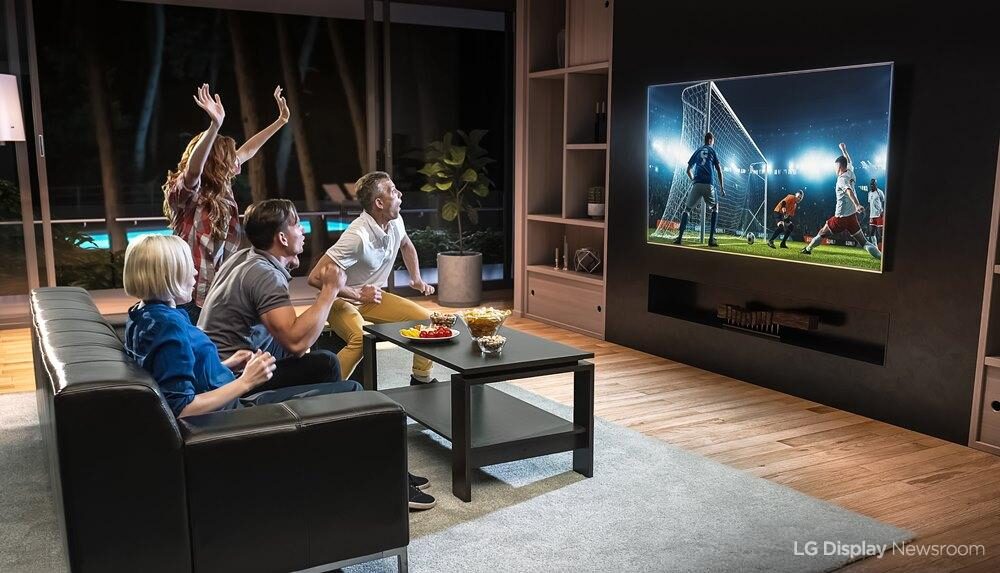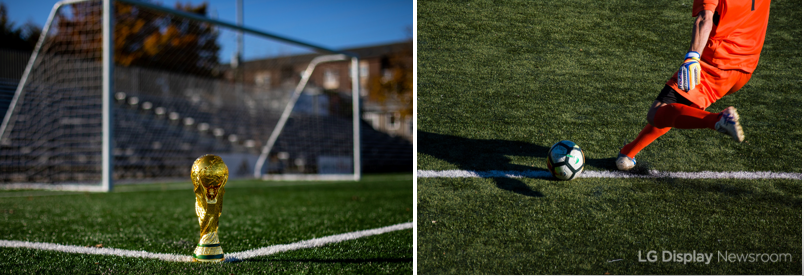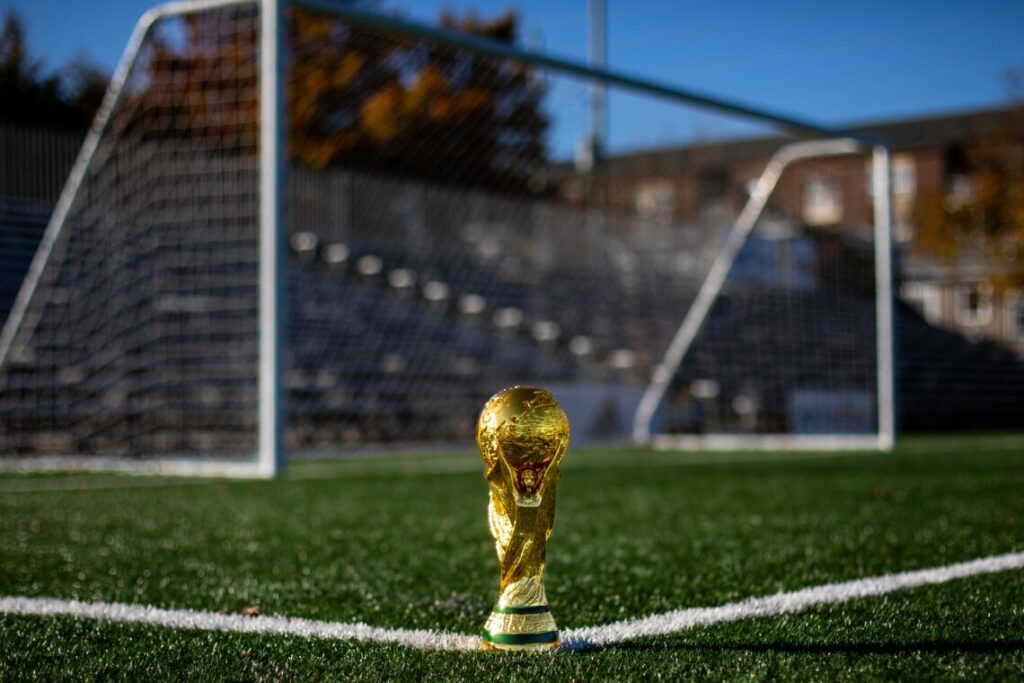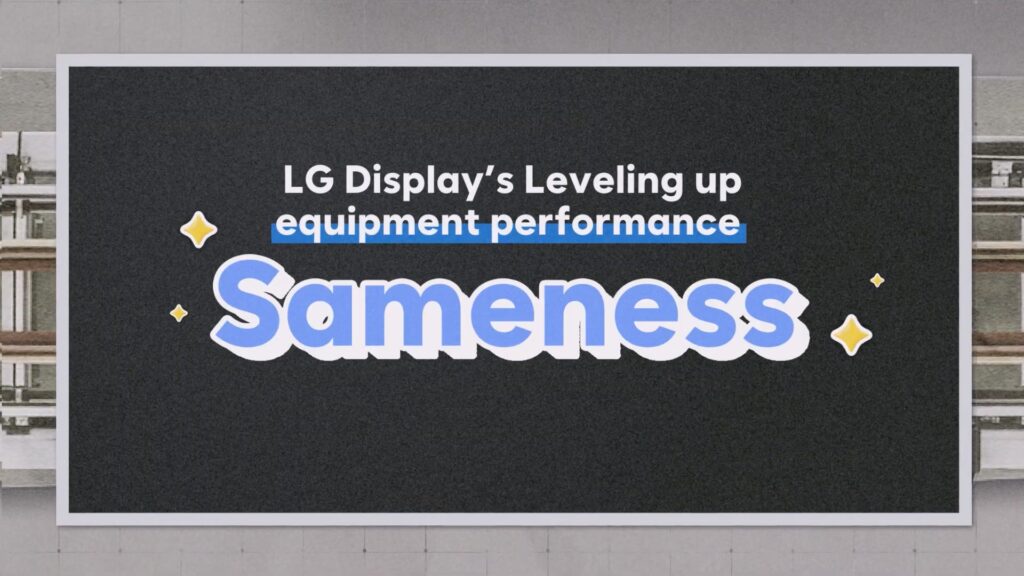By Alex Jensen –

With the World Cup now upon us, it’s difficult to avoid getting sucked into the immense whirlwind generated by this tournament of tournaments – whether you’re a football (or soccer) fan or not! While around 1.2 million people have been forecast to attend the competition in Qatar, many more will be glued to the action on screens around the world. The global audience is expected to reach a record-breaking 5 billion, according to FIFA President Gianni Infantino.
At the last tournament four years ago, there was a lot said about booming big-screen TV sales as football fans wanted to enjoy the most immersive experience possible. You can imagine the impact on the global TV industry with an even bigger number of viewers anticipated this year, and that will be a much-needed boost after a notably sluggish period for global TV shipments overall this year.
In fact, a local hypermarket chain here in Korea reported on Nov. 13 that its weekly TV sales were up 313% from Oct. 31 to Nov. 6 ahead of the start of the World Cup – with noteworthy growth in sales of premium options such as OLED TVs and those with panels exceeding 65 inches. This trend can be found elsewhere too, as Korean media have cited market analyst Omdia in reporting how European consumers have been buying OLED TVs for the World Cup – nearly half of OLED TV sales in the fourth quarter will be in Europe, or around 1.3 million out of 2.9 million Q4 OLED TV shipments. Moreover, Omdia anticipates that Q4 OLED TV shipments in Europe and North America will be up 36% compared to last year.

Of course, Europe is known as a region that loves football. But why would fans choose to watch the world’s biggest tournament on an OLED TV? Well, the rich, accurate, and smooth performance of OLED’s self-emissive pixels create such an immersive experience that OLED TVs have long been a popular option for watching sports – and this technology’s been declared to be behind the best TVs for sports. OLED’s response speed means these TVs can easily handle the most fast-paced football matches. All the colors and the contrast between light and dark during various match scenarios are going to pop on an OLED panel as millions of pixels light up and turn off individually, delivering even perfect black when required. And with an OLED TV size range now extending from 42 to 97 inches, there’s an option for every kind of football fan in just about any viewing setting.
Another factor will be the effect of FIFA 23. In line with its late September release, this year’s edition of the legendary football game series has already been described as the most realistic ever. But what good is outstanding software without the hardware to match? During SID 2022 earlier this year, LG Display unveiled research outlining OLED’s advantages for gaming. These include many of the same immersion factors that allow OLED TVs to perform well when showing real-life football matches, as well as a much faster average reaction time than an LCD counterpart.
For football fans, they may just score two goals with one ball, as there’s already a trend of using OLED TVs for the added purpose of gaming. For those who take up that option, their main issue might be remembering to notice the difference between an actual World Cup match and the game they’re immersed in.










